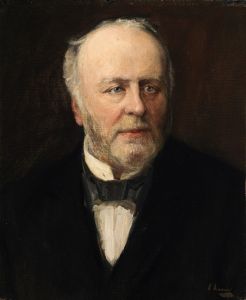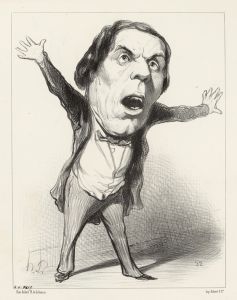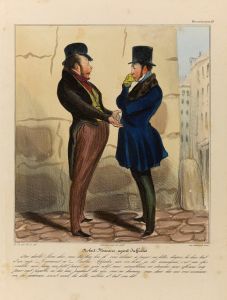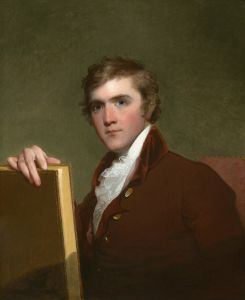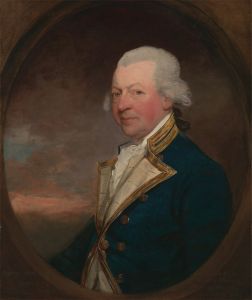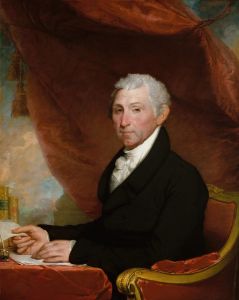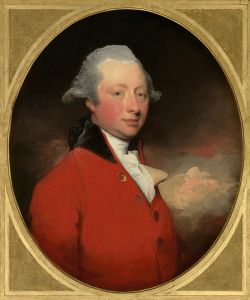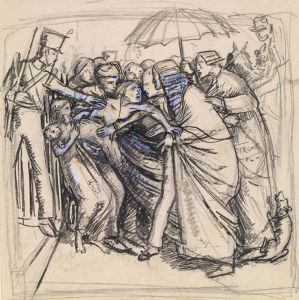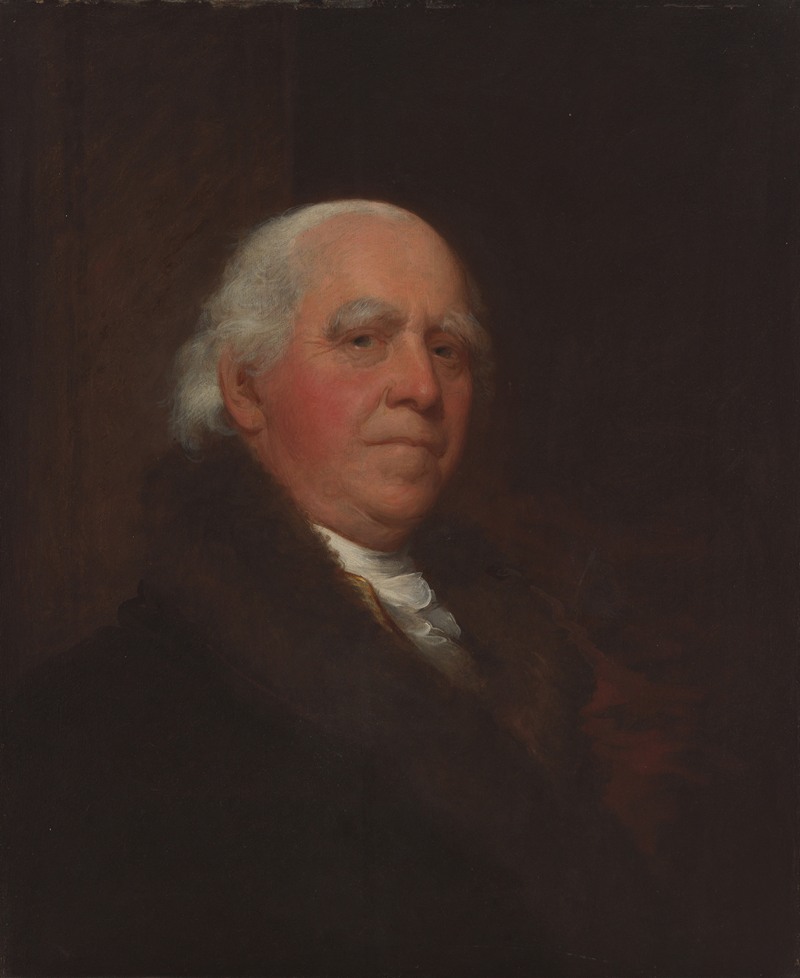
Judge Stephen Jones
A hand-painted replica of Gilbert Stuart’s masterpiece Judge Stephen Jones, meticulously crafted by professional artists to capture the true essence of the original. Each piece is created with museum-quality canvas and rare mineral pigments, carefully painted by experienced artists with delicate brushstrokes and rich, layered colors to perfectly recreate the texture of the original artwork. Unlike machine-printed reproductions, this hand-painted version brings the painting to life, infused with the artist’s emotions and skill in every stroke. Whether for personal collection or home decoration, it instantly elevates the artistic atmosphere of any space.
"Judge Stephen Jones" is a portrait painted by the renowned American artist Gilbert Stuart. Stuart, born in 1755, is widely celebrated for his portraits of prominent figures in American history, most notably his unfinished portrait of George Washington, known as the "Athenaeum Portrait," which has been reproduced on the United States one-dollar bill.
The portrait of Judge Stephen Jones exemplifies Stuart's skill in capturing the likeness and character of his subjects. Although specific details about the creation date of this particular portrait are not well-documented, Stuart's active years as a portraitist were primarily during the late 18th and early 19th centuries. His works are characterized by their realistic representation and attention to detail, which were achieved through his adept use of light and shadow.
Stephen Jones, the subject of the portrait, was a notable figure in his own right. However, detailed historical records about his life and career are limited. It is known that he held the position of a judge, which would have placed him among the respected members of society during his time. The commissioning of a portrait by Gilbert Stuart suggests that Jones was a person of some prominence and means, as Stuart was a highly sought-after artist whose clientele often included influential individuals.
The portrait itself is likely to reflect the style and techniques that Stuart employed in his other works. His portraits often feature a direct gaze from the subject, creating a sense of engagement with the viewer. The backgrounds in Stuart's portraits are typically understated, ensuring that the focus remains on the subject's face and expression. This approach allows the personality and status of the individual to be the central elements of the artwork.
Stuart's ability to convey the dignity and character of his sitters made him one of the most acclaimed portraitists of his time. His works are considered significant contributions to American art, providing a visual record of the nation's early leaders and influential figures. The portrait of Judge Stephen Jones, like many of Stuart's works, would have been intended not only as a personal likeness but also as a representation of the subject's social standing and personal achievements.
Today, Gilbert Stuart's portraits are held in high esteem and are part of numerous prestigious collections, including those of the National Gallery of Art in Washington, D.C., and the Museum of Fine Arts in Boston. While specific information about the current location or ownership of the "Judge Stephen Jones" portrait is not readily available, it remains a testament to Stuart's enduring legacy as a master portraitist of the early American period.





